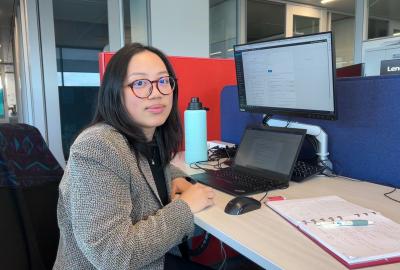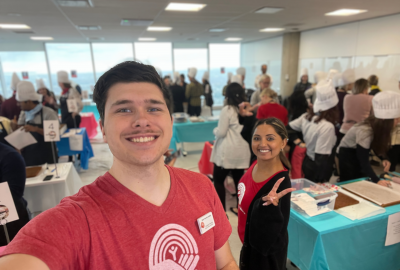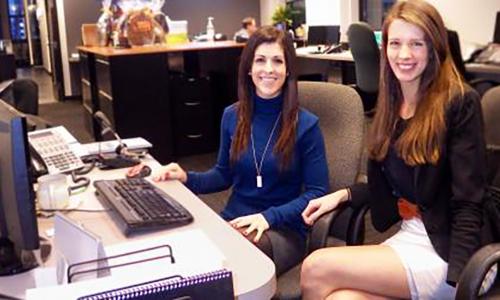
For a lot of us who are natural creatives, what more of a dream would it be to do what we love? Working in design might seem like the best of both worlds, but the reality of combining work and play isn’t exactly a walk in the park. Here are five things you should consider before working in design:
1. Explore your Ideas
This one may come as a given, especially when you were still in school. However, when it’s the first day on the job, many people tend to forget this because of the sudden change in work environment. When your client comes to you with a project, take the time to explore several different ideas before narrowing it down further, instead of getting attached to the first idea that comes to you. Your client might like your second, third or even your tenth idea more than your first!
2. Just One More Change…
A lot of the work that you do will most likely go through several rounds of approval. Even if your client comes to you and swears, “This is the last change,” chances are it’s not. It’s just part of the reality when it comes to working in design. But no matter how many seemingly endless changes you get, always keep in mind that with every request, you are getting one step closer to arriving at the final product that will make your client happy. And a happy client means a happy designer.
3. The ever-ending Battle Between Design and Practicality
We want the design to look nice, but we also want it to resonate with our audience. A good designer’s main goal is to keep an even balance on both sides, but obviously this is easier said than done. Ultimately, what you should focus on is an understanding of what your client’s intentions are behind a project. Are the changes you are making something that would contribute to the project’s success and achieving your client’s goals? Is keeping the font small or increasing its size going to work well with your client’s elderly audience? The answer depends on you and how well you understand the project’s goals and how to achieve them.
4. Let it Go, Let it Go
We get it. As designers, we can get attached to our own work because hey, we made it; it’s our own creation! Who wouldn’t become a protective mama bear over his/her own little one? Well, the truth of the matter is that your work will probably go through several rounds of approval processes, and people are going to have different opinions of your work. If the ultimate decisions from those above you say to scrap it because priorities have changed, then you need to adapt. With tight deadlines and several projects to finish, there really is no room to get overly attached to your own creations. The best thing you can do is be flexible and ready to deliver when your supervisors or clients come to you with their new priorities.
And if you’re still having a hard time letting it go, remember this: just because it didn’t get used doesn’t mean you can’t include it in your portfolio!
5. The Customer Client is Always Right (in theory)
Ultimately, the work you do is for your clients. Yes, your ideas and creativity play an essential role in making design decisions, but the most important feedback you’ll receive is from your client. If they aren’t happy, then you haven’t done your job. However, this isn’t to say that you’re there to simply take orders. You can speak up and discuss the changes you want to make, but how you manage their expectations and understand their needs so they are satisfied in the end is what matters.
While these five things might be daunting to some, it’s also what makes working in design exciting and challenging at the same time. Having these in mind will help keep your expectations grounded before you decide to take the plunge and combine work with play. So if you think you’re still up for the challenge, what are you waiting for? The design world needs you!















